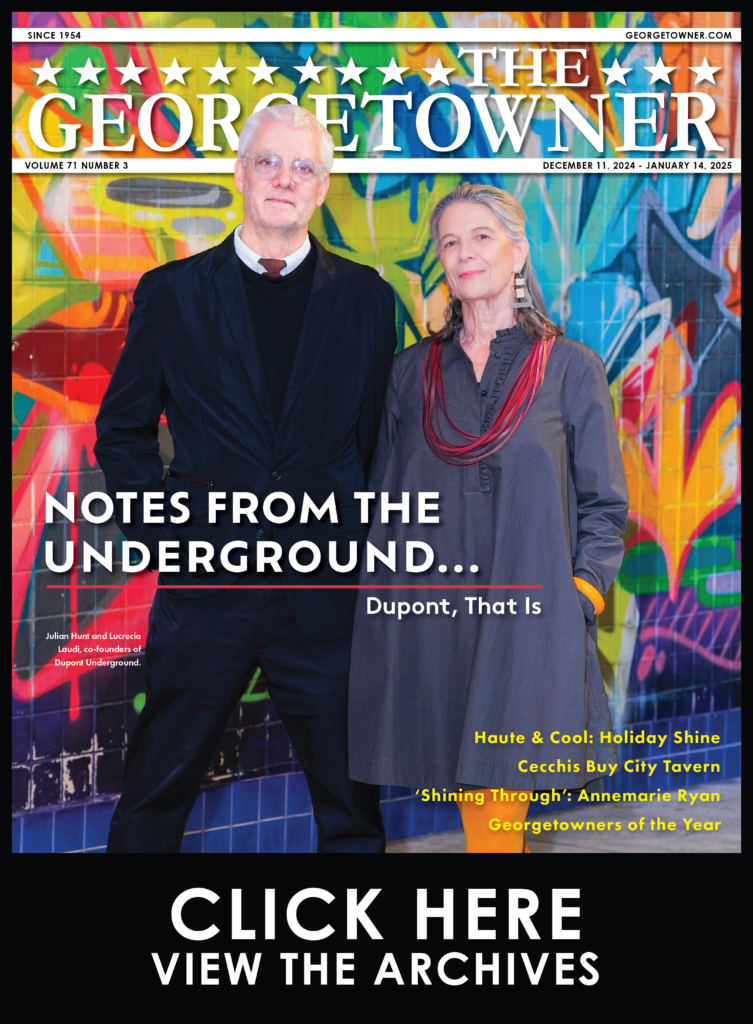7-Up Emerald Punch
By • July 26, 2011 0 2057

When I was a child my mother had a punchbowl that came out on special occasions, usually around the December holiday season. The snowy white centerpiece and matching glasses where formed from Indiana milk glass molded into a leaf pattern. The cups had little red hooks that were used to hang the glasses on the side. The collection was rounded out a ruby red clear plastic ladle.
It was back in the 1970’s, my mom would dress in a polyester pantsuit with flared legs and my dad would wear a plaid sport jacket with wide lapels and an even wider necktie. Mom would make Chex mix from actual cereal and the adults would nibble on deviled eggs, Jell-O salad and Ritz cracker hors d’oeuvres. While the men would stick to beer, the ladies would ladle out brightly-colored drinks with floating garnishes.
If I was well-behaved I would be treated to a small cup of watered-down punch to enjoy before I was sent to bed. It sent me off into a slumber where I dreamed of hosting my own parties as an adult.
When the punchbowl wasn’t in use, I begged to play with it. Unlike most young girls who hosted tea parties with their dolls, I threw lavish cocktail soirees with my eclectic group of plush animals, including an alligator, a blue elephant and a smiling watermelon. (And you thought the bar in the original Star Wars was weird.)
Punchbowls were a popular entertaining vehicle for people in my parents’ generation. But the origin of punch dates back hundreds of years. According to Wayne Curtis’ 2006 book “And a Bottle of Rum,” the English made punch in India as early as 1673. The name punch most likely came for the Hindu word panch, meaning five. Ancient punches were forged from five ingredients traditionally tea, lemon, sugar, water and arrack, an Asian spirit distilled from palm sap.
My mom’s punch recipe came curiously enough from 7-Up. During a recent visit, while sifting through mom’s recipe books, I came across a stained and well-used magazine insert tucked away in a cookbook. The small advertising brochure cheerily entitled “Merry Punch Bowl to You!” featured four punch recipes with photos – each in a distinctive hue – red, green, yellow and orange.
The ad copy was notable dated, proclaiming, “Gay parties just naturally center around a sparkling punchbowl,” and touting 7-Up as the “magic ingredient.”
Like many recipes of that era, the components concentrated on canned and premade ingredients. The 7-Up was measured in 7 oz bottles, a far cry from 20 oz super-sized single serving plastic bottles of today. However the recipes weren’t that different than the original five-ingredient “panch” formula.
Just for fun during the Thanksgiving weekend, my mom and I whipped up a green batch of 7-Up Emerald Punch. We garnished the colorful mixture with pineapple rings, maraschino cherries and mini-marshmallows. We dragged out the punchbowl from storage, decorated the table festively and talked about holiday memories. This time though we left the polyester in the closet and I stayed up to finish the last glass.
7-Up Emerald Punch
1 can (46 oz) sweetened pineapple juice.
4 cans (6 oz) limeade
¼ cup honey
1 bottle gin (1/5 gallon)
12 bottles (7 oz each) 7- Up
Combine pineapple juice and concentrate in punch bowl. Add honey; stir. Add gin; then 7-up. Add a few drops of green food coloring if desired; add ice. Garnish with fruit.
Ingredients to make punch may be purchased at Dixie Liquor, 3429 M Street in Georgetown.

